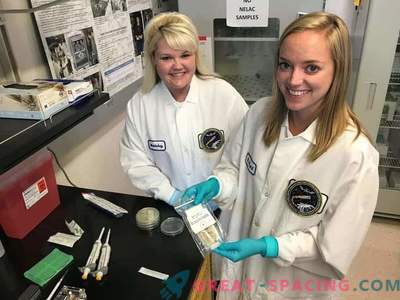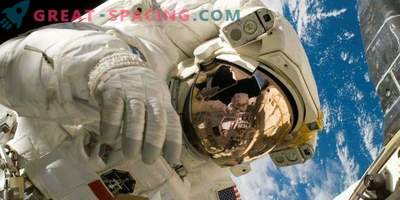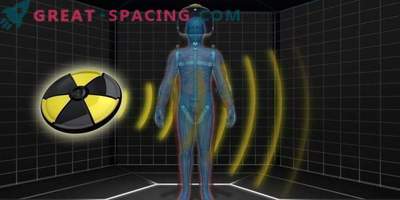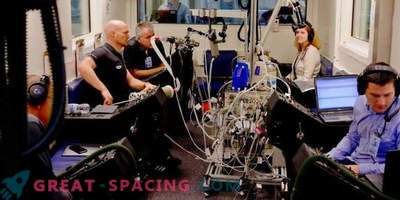
In the 2016 snapshot, Mathias Maurer from ESA inserts samples into the MinION DNA sequencer. This device will also be used as part of the project “Omics in Space” (Omics in Space), where new tools are being created to study microbiology in space.
If people are serious about deep space exploration, they should not forget that the space environment affects health. A new NASA project can deal with the problem. It aims to create technologies used for the study of “omiksov” - the field of microbiology, characterized by importance to human health. Omixes include genomes, microbiomes and proteomes.
The Jet Propulsion Laboratory (Pasadena, California) is responsible for the project “Omixes in Space”. Recently, the program was funded by the NASA Space Health Research Institute. The funds will be enough for 4 years, for which the agency hopes to create 3D printing devices on the ISS that can process liquids (blood samples) without spilling in microgravity conditions. This will allow to analyze samples without sending to Earth.
No delay
NASA has already reviewed omics using experiments like Microbial Tracking 1, which have studied the microbial diversity of a space station. But now there is no way to process samples on the ISS, so you have to deliver to the planet. It takes months for a similar procedure.
Scientists cannot lose precious time, as analyzes should be done on site. The new project is developing an automated molecular biology study system with minimal crew intervention.
One of the biggest problems in sample preparation is the treatment of liquids under microgravity conditions. Astronauts receive a variety of samples, including their own saliva and blood, as well as microbes from the walls of the ISS. Then they are mixed with water and can be entered into the tools for analysis. Without proper instrumentation, samples are able to spill, float, or form air bubbles that adversely affect results.
Shift in 2016
In 2016, NASA took a serious step by consistently determining DNA in space. The astronauts used a small MinION instrument created at Oxford Nanopore Technologies. The project builds on this success by developing an automated DNA / RNA extractor that will prepare samples for MinION. New technology has already been successfully tested on Earth.
The future of cosmic health
Early studies of omics showed that the immune system of crew members weakened after life on the ISS. While scientists do not know why. The field of epigenetics studies genes and can explain how microgravity and cosmic rays affect DNA.
However, “Omix in Space” is not only concerned about the crew members. There are also microbes carried by people and cargo accumulating on board the vehicles. We need to collect these “passengers” in order to get genetic markers and understand what to expect from them: good or harm.











































